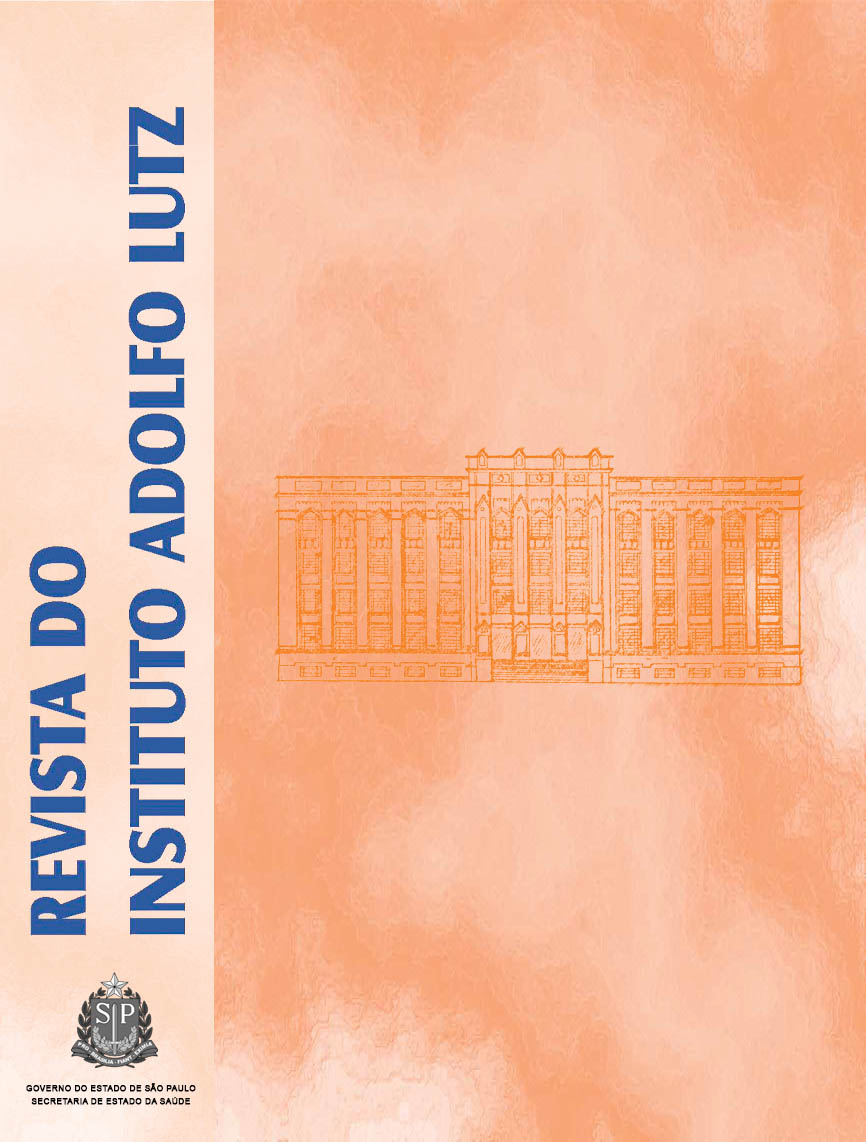Abstract
This paper reports the data on the cuiabana sausage historical aspect, and from the study performed on its technical/sensory characteristics. Four formulations of cuiabana-type sausage were prepared, varying
the basic raw material (bovine, chicken and swine meats). For processing these sausages, the raw meats (beef, chicken and pork) were cut into cubes and together with the other ingredients (garlic, cheese, pepper and chives) they were weighed and homogenized. The resulting mixture was refrigerated for 24 hours
for intensifying the flavor. Thereafter, it was stuffed into natural casings. These prepared samples were characterized on the physical-chemical profile and on the shelf life under refrigeration for over a seven day-storage in order to assess the microbiological contamination (total coliforms and fecal thermotolerant bacteria), sulphite-reducing clostridium, Salmonella spp., coagulase-positive Staphylococcus), and pH. The
sensory evaluation and statistics analysis were carried out on the different types of laboratory- processed cuiabana sausage. Introducing over time changes in the cuiabana sausages formulation are positive factors; therefore, variations in the formulations...
References
1. Brasil. Decreto nº 30.691, de 29 de mar. 1952. Regulamento da inspeção industrial e sanitária de produtos de origem animal (RIISPOA). Diário Oficial [da] República Federativa do Brasil, Brasília, DF, 1997. Aprovado pelo decreto n. 30.691, alterado pelos decretos n. 1255 de 25/06/62, 1236 de 02/09/94, 1812 de 08/02/96 e 2244 de 04/06/97. 1997.
2. Marques SC, Boari CA, Breko CC, Nascimento ARP, Piccoli RH. Avaliação higiênico-sanitária de lingüiças tipo frescal comercializadas nos municípios de Três Corações e Lavras – MG. Ciênc Agrotec. 2006; 30 (6): 1120-3.
3. Cecchi HM. Fundamentos teóricos e práticos em análise de alimentos. Campinas: Ed.Unicamp; 2001.
4. Brasil. Ministério da Saúde. Resolução RDC nº 12, de 02 de janeiro de 2001. Aprova o Regulamento Técnico Sobe Padrões Microbiológicos para Alimentos. Diário Oficial [da] República Federativa do Brasil. Brasília, DF, 20 dez. 2000.
5. Silva N, Junqueira VCA, Silveira NFA, Taniwaki MH, Santos RFS, Gomes RAR. Manual de métodos de análise microbiológica de alimentos. 3ª ed. São Paulo: Varela; 2007.
6. Minim VPR. Análise sensorial: estudos com consumidores. Viçosa: Ed. UFV; 2006.
7. UNESP - FCAV - Estat 2.0: Sistema para análise estatística (v. 2.0) campus de Jaboticabal- pólo computacional/ departamento de ciências exatas.
8. Linguiça cuiabana. TV Tem notícias. São José do Rio Preto: TV Tem, 04 de abril de 2009. Programa de TV.
9. Brasil. Ministério da Agricultura, Pecuária e Abastecimento. Instrução normativa nº 4, de 31 de março de 2000. Anexo III – Aprova o Regulamento técnico de identidade e qualidade de linguiça. Diário Oficial [da] República Federativa do Brasil. Brasília, DF, 05 de abr. de 2000.
10. Oliveira MJ, Araújo WMC, Borgo LA. Quantificação de nitrato e nitrito em linguiças do tipo frescal. Ciênc Tecnol Aliment. 2005; 25 (4): 736-42.
11. Pardi MC, Santos IF, Souza ER, Pardi HS. Ciência, higiene e tecnologia da carne. Goiânia: Ed. da UFG; 2001.
12. Ferrari CKB, Torres EAFS. Lipid oxidation and quality parameters of sausages marketed locally in the town of São Paulo (Brazil). Czech J Food Sci. 2000; 20 (4): 1-7.
13. Silva WP, Gandra EA, Duval EH, Tessmann C, Lima AS. Qualidade microbiológica de linguiças mistas do tipo frescal produzidas na cidade de Pelotas (RS). Bol Ceppa. 2002; 20 (2): 257-66.
14. Forsythe SJ. Microbiologia da segurança alimentar. São Paulo: Ed. Artmed; 2002.
15. Almeida Filho ES, Sigarini CO. Características microbiológicas de linguiça frescal, produzida sob inspeção federal é sob condições artesanais, comercializada no município de Cuiabá-MT. Hig Alim. 2002; 16 (100): 102-6.
16. Morot-bizot SC, Leroy S, Talon R. Staphylococcal community of a small unit manufacturing tradicional dry fermented sausages. Int J Food Microbiol. 2006; 108 (2): 210.
17. Dutcosky SD. Análise sensorial de alimentos. Curitiba: Ed.Champagnat; 1996. 123p.

This work is licensed under a Creative Commons Attribution 4.0 International License.
Copyright (c) 2010 Instituto Adolfo Lutz Journal
